Table of content
Garland chrysanthemum, known as tonghao in Chinese or chrysanthemum greens in English, is a leafy vegetable revered for its delicate flavor and impressive nutritional profile. Often featured in Asian cuisine, this vibrant green vegetable boasts a slightly bitter taste that mellows into a refreshing, earthy sweetness when cooked properly. Stir-frying is one of the most popular methods to prepare garland chrysanthemum, as it preserves the vegetable’s crisp texture while infusing it with aromatic flavors. This article will guide you through the process of creating a restaurant-quality stir-fried garland chrysanthemum dish, complete with tips, variations, and insights into its cultural significance.
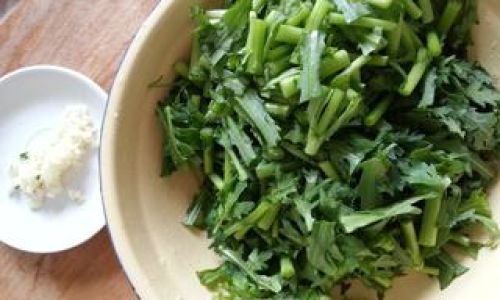
The Allure of Garland Chrysanthemum
Before diving into the recipe, it’s worth exploring why this vegetable deserves a spot in your kitchen. Garland chrysanthemum (Glebionis coronaria) is a staple in East Asian, Southeast Asian, and Mediterranean diets. Its tender leaves and stems are rich in vitamins A, C, and K, as well as iron, calcium, and dietary fiber. Beyond its nutritional benefits, the vegetable’s versatility makes it a favorite in stir-fries, soups, salads, and even hot pots. When stir-fried, the leaves wilt slightly but retain a satisfying crunch, while the stems absorb flavors beautifully, creating a harmonious balance of textures.
Ingredients: Building Flavor Layer by Layer
To elevate the humble garland chrysanthemum into a dish that tantalizes the taste buds, you’ll need a carefully curated list of ingredients. Here’s what you’ll require:
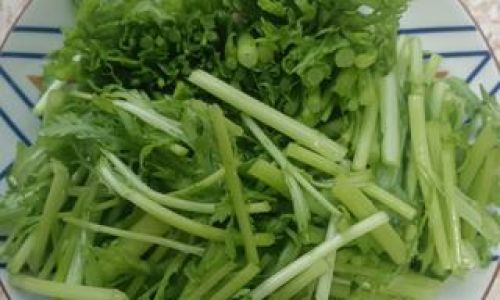
- 1 pound fresh garland chrysanthemum: Choose bunches with crisp, deep green leaves and firm stems. Avoid wilted or yellowing leaves.
- 3 garlic cloves, minced: Garlic forms the aromatic backbone of this dish.
- 1-inch piece of fresh ginger, peeled and julienned: Ginger adds a subtle warmth and depth.
- 1–2 red chili peppers, thinly sliced (optional): For a hint of heat.
- 2 tablespoons cooking oil: Use a neutral oil like vegetable or peanut oil, or opt for sesame oil for a nutty finish.
- 1 teaspoon salt: To enhance the natural flavors.
- 1 tablespoon light soy sauce: For umami-rich seasoning.
- 1 teaspoon oyster sauce (optional): Adds a savory, caramelized note.
- 1/2 teaspoon sugar: Balances the greens’ bitterness.
- 1 teaspoon sesame oil: Drizzled at the end for fragrance.
- Pinch of white pepper: A finishing touch for mild spice.
Optional additions:
- 1 tablespoon Shaoxing wine: For complexity (can be omitted for alcohol-free versions).
- 1/4 cup chicken or vegetable broth: If the pan seems dry during cooking.
- Fried garlic chips or toasted sesame seeds: For garnish.
Step-by-Step Preparation: From Farm to Fork
Preparing the Greens
- Wash thoroughly: Submerge the garland chrysanthemum in cold water, swishing gently to remove dirt. Repeat until the water runs clear.
- Trim and dry: Cut off the tough lower stems (about 1–2 inches from the base). Pat the greens dry with a clean kitchen towel or use a salad spinner. Excess moisture will steam the vegetables instead of stir-frying them, leading to a soggy texture.
- Separate stems and leaves: For even cooking, chop the stems into 2-inch pieces and set aside the leaves. This ensures the thicker stems cook through without overcooking the leaves.
Aromatic Base
- Heat the wok: Place a wok or large skillet over high heat. Allow it to smoke lightly—this ensures a searing hot surface for stir-frying.
- Add oil: Swirl 2 tablespoons of oil around the pan. The oil should shimmer but not smoke.
- Sauté aromatics: Toss in the minced garlic, ginger, and chili peppers (if using). Stir-fry for 15–20 seconds until fragrant but not browned. Burnt garlic will impart bitterness, so keep a close eye.
Stir-Frying the Greens
- Stems first: Add the chopped stems to the wok. Toss vigorously for 1–2 minutes until they begin to soften.
- Leaves join the party: Toss in the leaves and continue stirring. Use a spatula to fold the greens into the aromatics, ensuring even coating.
- Season strategically: Sprinkle salt, soy sauce, oyster sauce (if using), and sugar over the greens. Toss continuously to distribute the seasonings.
- Deglaze if needed: If the pan becomes dry, splash in a tablespoon of broth or Shaoxing wine. This creates steam to wilt the greens gently.
Finishing Touches
- Test for doneness: The greens are ready when the stems are tender-crisp and the leaves are wilted but still vibrant green (3–4 minutes total). Overcooking will dull their color and texture.
- Sesame oil and pepper: Drizzle sesame oil and sprinkle white pepper. Toss once more to combine.
- Adjust seasoning: Taste and add a pinch more salt or sugar if needed.
Serving Suggestions
Transfer the stir-fried greens to a serving platter. Garnish with fried garlic chips or sesame seeds for texture. Pair with steamed rice, congee, or noodles. For a complete meal, serve alongside protein-rich dishes like mapo tofu, ginger-scallion chicken, or crispy-skinned salmon.
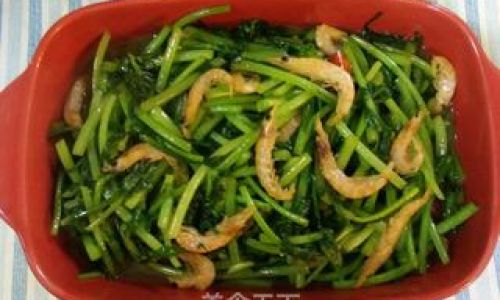
Tips for Stir-Frying Success
- High Heat is Non-Negotiable: Stir-frying requires temperatures above 375°F (190°C) to seal in flavors and textures. A carbon-steel wok conducts heat best, but a stainless-steel skillet works if preheated properly.
- Don’t Overcrowd the Pan: Cook in batches if necessary. Overcrowding lowers the pan’s temperature, leading to steaming instead of searing.
- Prep Ahead: Chop all ingredients before lighting the stove. Stir-frying happens quickly, so organization is key.
- Balance Flavors: The bitterness of garland chrysanthemum pairs well with salty, sweet, and umami elements. Adjust seasonings to your palate.
- Embrace Imperfection: A few charred edges or slightly wilted leaves are normal—they add smoky depth.
Variations to Explore
- Spicy Sichuan-Style: Add doubanjiang (fermented chili bean paste) and Sichuan peppercorns for a numbing heat.
- Vegetarian Delight: Substitute oyster sauce with mushroom-flavored soy sauce and add sautéed shiitake mushrooms.
- Seafood Twist: Toss in shrimp or squid during the final minute of cooking.
- Citrus Zing: Squeeze fresh lime juice and sprinkle zest before serving for a bright finish.
The Cultural Tapestry of Stir-Frying
Stir-frying, or chao in Chinese, is more than a cooking technique—it’s a philosophy. Developed over millennia, this method preserves nutrients, minimizes oil usage, and highlights fresh ingredients’ natural flavors. In China, stir-fried greens like garland chrysanthemum are often served during festivals and family gatherings, symbolizing prosperity and health. The dish’s vibrant green hue also holds cultural significance, representing renewal and vitality.
Nutritional Powerhouse in Every Bite
A single serving of stir-fried garland chrysanthemum offers:
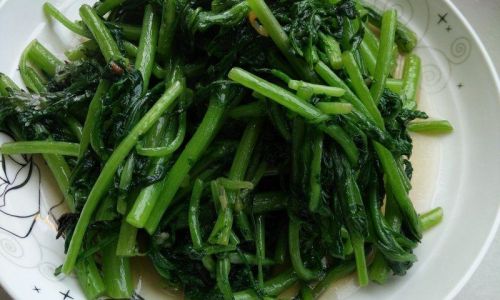
- Vitamin A: Essential for eye health and immune function.
- Vitamin C: A potent antioxidant that aids collagen production.
- Vitamin K: Crucial for blood clotting and bone health.
- Iron: Supports oxygen transport in the blood.
- Calcium: Vital for bone density and muscle function.
Its high fiber content also promotes digestion and satiety, making it a smart addition to weight-management diets.
Common Pitfalls and How to Avoid Them
- Soggy Greens: Overcooking or insufficient drying are culprits. Always pat greens dry and stir-fry in batches if needed.
- Bland Flavor: Under-seasoning or skipping aromatics can lead to a one-dimensional taste. Layer flavors with garlic, ginger, and soy sauce.
- Burnt Aromatics: Cook garlic and ginger over high heat but remove them before they brown.
- Uneven Cooking: Separate stems and leaves to ensure both cook through.
Conclusion: A Dish That Transcends Borders
Stir-fried garland chrysanthemum is a testament to the beauty of simplicity. With minimal ingredients and technique, you can transform a humble vegetable into a dish that delights the senses. Whether you’re a seasoned home cook or a curious novice, mastering this recipe opens doors to exploring Asian culinary traditions. So, heat your wok, gather your ingredients, and embark on a journey of flavor—one crisp, aromatic bite at a time.
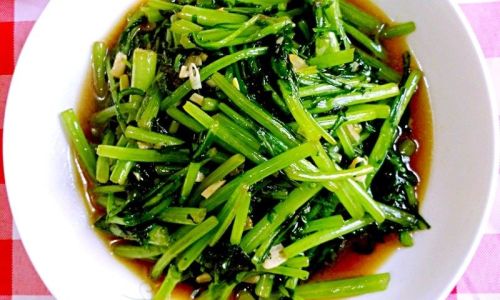
Final Tip: Experiment with seasonal vegetables and spices to make this dish your own. After all, cooking is an art, and every stir-fry tells a story. Let yours be one of vibrancy, balance, and culinary joy.
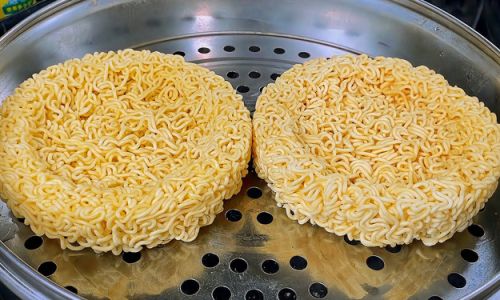
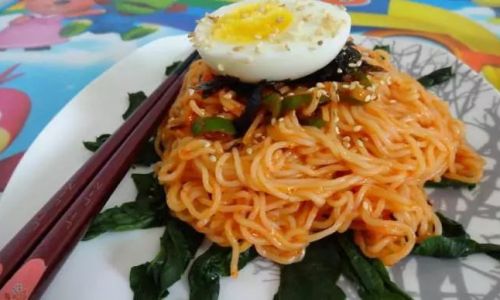
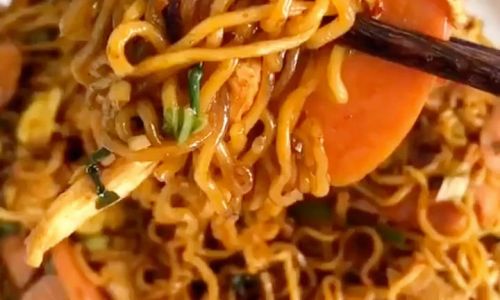

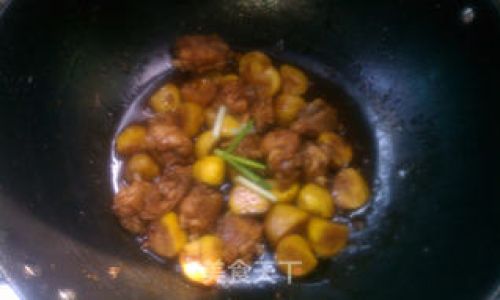
0 comments